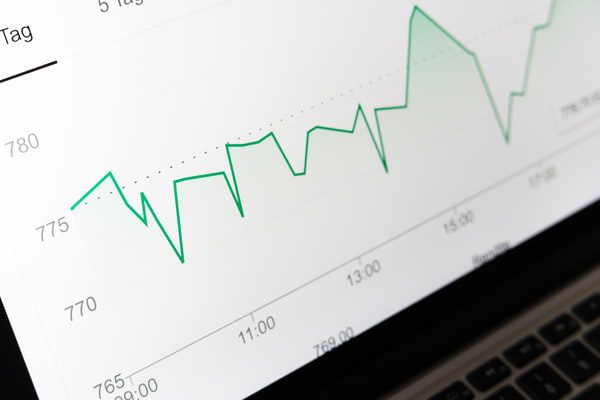There’s no one-size-fits-all answer to the question of which industries are best suited for prescriptive analytics, but there are some general trends that can be observed. In general, businesses that deal with large amounts of data and complex processes are good candidates for prescriptive analytics. Keep reading to learn more about which industries are best suited for prescriptive analytics.
What is prescriptive analytics?
If you have ever wondered, “what are prescriptive analytics?”, then you are in the right place. Prescriptive analytics is the application of mathematical models and algorithms to identify patterns and relationships in data with the goal of recommending actions that will improve business outcomes. Prescriptive analytics differs from descriptive and predictive analytics in that it not only identifies what has happened or is likely to happen but also provides specific recommendations for what businesses should do to take advantage of those insights.
There are a number of factors that make an industry ripe for prescriptive analytics: large amounts of data, complex business processes with many interactions, a need for better decisions and faster action, etc. But no matter what industry you’re in, there’s always room for improvement using prescriptive analytics.
What industries can benefit from prescriptive analytics?
Prescriptive analytics has already found a home in several industries, including health care, finance, and manufacturing. One industry that is particularly well suited for prescriptive analytics is energy. In the energy industry, there are many factors that need to be considered when making decisions about how to allocate resources. Prescriptive analytics can help energy companies optimize their operations by considering all of the relevant variables and recommending the most efficient course of action.
Another industry that is well suited for prescriptive analytics is retail. In retail, there are often many choices to make about what products to stock and where to place them. Prescriptive analytics can help retailers make these decisions by taking into account a number of consumer and business needs, such as:
- Inventory management. This is a critical factor in retailing. With prescriptive analytics, retailers can use historical data to develop models that will help them determine how much inventory they need at any given time in order to meet customer demand while maximizing profits.
- Pricing strategy. With prescriptive analytics, retailers can use predictive modeling techniques to identify which products are most likely to sell at different price points and then create optimized pricing schedules accordingly.
- Customer targeting. Predictive models can be used to identify key customer segments and then recommend marketing strategies tailored specifically for those segments.
- Supply chain optimization. Prescriptive analytics can be used to model different scenarios for shipping orders and determine the most cost-effective way to get products from suppliers to customers’ doors.
Telecommunications companies can also benefit from using prescriptive analytics. Telecommunication companies use prescriptive analytics to optimize network usage and bandwidth allocation. Telecommunication companies will also be able to determine which offers are most likely to attract new customers, identify service issues that are causing customers to churn, and recommend ways to improve network performance.
For higher education, colleges and universities have been increasingly using data mining and predictive modeling techniques to improve their operations. Prescriptive analytics can be used by educational institutions to help them make decisions about things such as student retention, course selection, and financial aid allocation.
Lastly, the health care industry is well suited for prescriptive analytics. Healthcare providers are constantly faced with difficult decisions about how to best allocate their resources in order to provide the best possible care for their patients. Prescriptive analytics can be used by healthcare providers to help them make decisions about things such as which treatments to offer, which drugs to prescribe, and where to open new clinics or hospitals.
Ultimately, any business that needs to make decisions based on a large number of variables can benefit from using prescriptive analytics. By using mathematical models to analyze all of the relevant data, businesses can streamline their decision-making processes and achieve better results.





